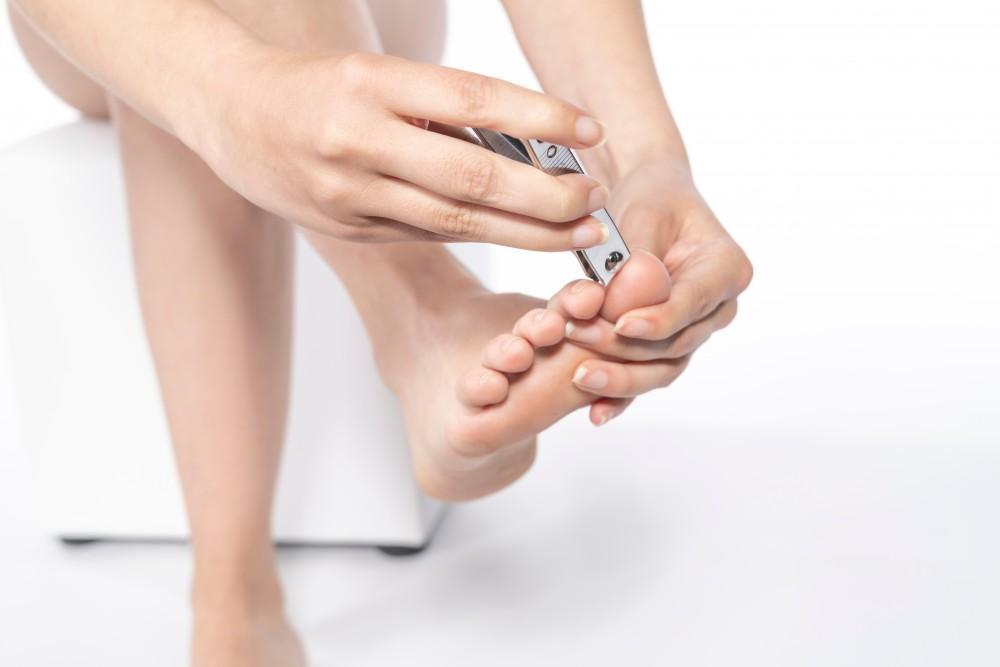
Simple Hacks to Keep Toenail Fungus at Bay

Do you often wonder if there’s anything you can do about that toenail fungus that keeps returning?
Fungus thrives in warm and damp environments, much like the inside of your shoe or between your toes. Fungus is also more likely to appear on toes because the toes are farther away from the heart. Blood carrying oxygen and immune cells takes longer to reach your toenails.
People with diabetes are also more likely to have fungus on the toes due to poor blood flow to the extremities.
So what can you do about it? Here are four hacks from our Family Foot and Ankle Center of South Jersey experts.
1. Keep your feet dry and clean
Fungus thrives in moist environments. Make a habit of drying your feet thoroughly after a bath, especially between the toes, and use antifungal powders to absorb moisture and keep your feet dry throughout the day.
High-quality, breathable socks and shoes will keep your feet dry for longer.
2. Use tea tree oil
If your toenail fungus isn’t severe, tea tree oil can fight off the fungus by inhibiting its growth. Dilute the oil in a carrier oil and apply it daily to the affected nail.
In a study conducted on 66 patients suffering from toenail fungus, tea tree oil was effective in either eliminating or reducing the fungus in 92% of the participants
3. Limit the use of artificial nails
Artificial nails can trap moisture under the nails, creating the perfect environment for the growth of fungi. This may happen if the acrylic nail is loose or misapplied.
4. Boost your immune system
It’s not uncommon for people with diabetes and Cushing’s syndrome, conditions that impair the immune system, to develop toenail fungus. Removing your spleen also increases your chances, as the spleen helps fight infections.
So what can you do?
A healthy diet low in sugar, exercise, and stress management can all help boost your immune system.
Less sugar improves blood sugar control, exercise improves blood flow to the extremities, and stress management can help with immunity problems caused by excess cortisol.
Vitamin D and zinc also give your immune system a boost.
What to do when home interventions aren’t enough
Keeping your feet clean and dry throughout the day is key, but for many, it doesn’t stop the growth of the fungus. If you have diabetes and notice signs of toenail fungus, seek medical care as soon as possible, as the toenail fungus may evolve into a bacterial infection, which is more challenging to treat.
Our experts have extensive experience treating stubborn toenail fungus with topical formulations or oral medications. If your toenail fungus doesn’t respond to home care treatments, contact us to schedule an appointment.
You Might Also Enjoy...


5 Ways to Keep Your Bunion Pain to a Minimum

Gout: What Is It and How Can I Get Rid of It?

Complications of an Untreated Ankle Sprain

Suspect You’ve Broken Toe? How To Tell and What to Do


